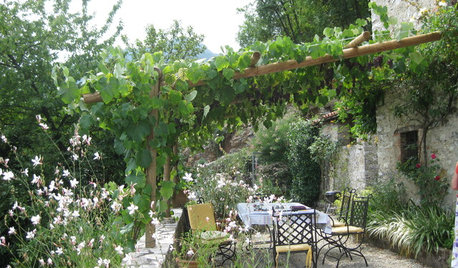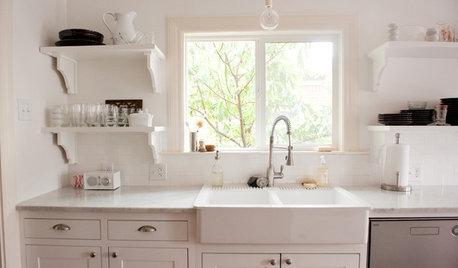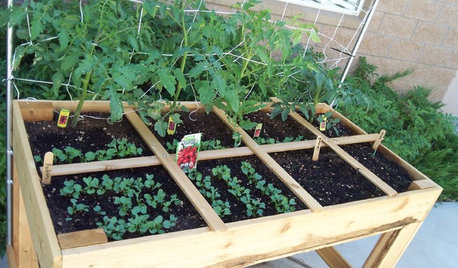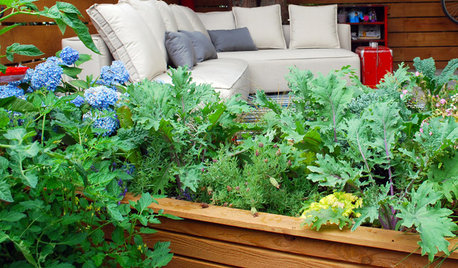Sealing ceramic pot for edible fruit?
Emerita
10 years ago
Featured Answer
Sort by:Oldest
Comments (11)
Ernie
10 years agosf_rhino
10 years agoRelated Professionals
Derry Landscape Architects & Landscape Designers · Essex Landscape Architects & Landscape Designers · Canby Landscape Contractors · Dallas Landscape Contractors · Glendale Heights Landscape Contractors · Medford Landscape Contractors · Monterey Landscape Contractors · Munster Landscape Contractors · Selden Landscape Contractors · Wethersfield Landscape Contractors · Kingsburg Landscape Contractors · Ansonia Landscape Contractors · Bay Village Window Contractors · Mill Valley Window Contractors · Asheville Fence Contractorsfloral_uk z.8/9 SW UK
10 years agoseysonn
10 years agoEmerita
10 years agoahelaumakani
10 years agosf_rhino
10 years agoEmerita
10 years agomartin_w
10 years agoBeach_bums
10 years ago
Related Stories

FALL GARDENING5 Fall Fruits You Can Grow in Containers
Brighten your porch or patio with a potted pomegranate, kumquat, blueberry bush or another great fall fruit
Full Story
FARM YOUR YARDHow to Grow Vegetables in Containers
Get glorious vegetables and fruits on your patio with a pro’s guidance — including his personal recipe for potting mix
Full Story
LANDSCAPE DESIGNRecipe for Mediterranean Edible Garden Style
The only thing better than a delicious meal outdoors is the satisfaction of growing some of the key ingredients yourself
Full Story
KITCHEN DESIGNKitchen Sinks: Easy-Clean, Surprisingly Affordable Ceramic
You get a lot for the price with ceramic sinks, and they're available everywhere. See the pros and cons here
Full Story
SUMMER GARDENINGHow to Grow Basil
Bright color, quick growth and endless uses for cooking make this summer annual a winner in the garden or a pot
Full Story
EDIBLE GARDENSHow to Grow Your Own Sweet Summer Crops
This guide will help any gardener get started on growing the freshest warm-season veggies and berries for summer
Full Story
GARDENING GUIDESSpring Citrus Care Reaps Months of Sweet Rewards
Learn how to tend citrus trees in spring and ways to preserve their delicious fruit
Full Story
INSPIRING GARDENSFrom Concrete Lot to Gracious Organic Garden in Seattle
Plants, pests and even weeds have a place in this landscape, which offers an edible bounty and a feast for the eyes
Full Story
GARDENING GUIDESMaximize Harvests With Square-Foot Gardening
This efficient edible-gardening technique can help people who are short on space
Full Story
GARDENING GUIDESStep Right Outside for Fresh Herbs and Vegetables
Decks and patios can be convenient spots for edibles, and sometimes they even offer advantages over backyard gardens
Full Story






seysonn